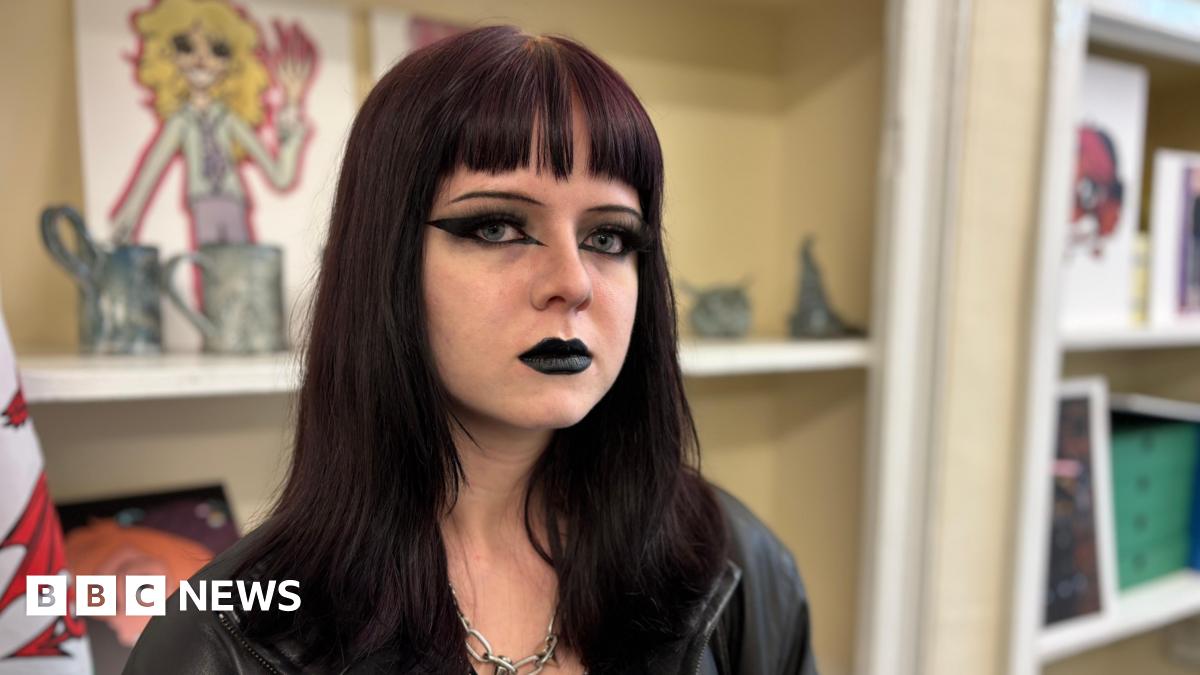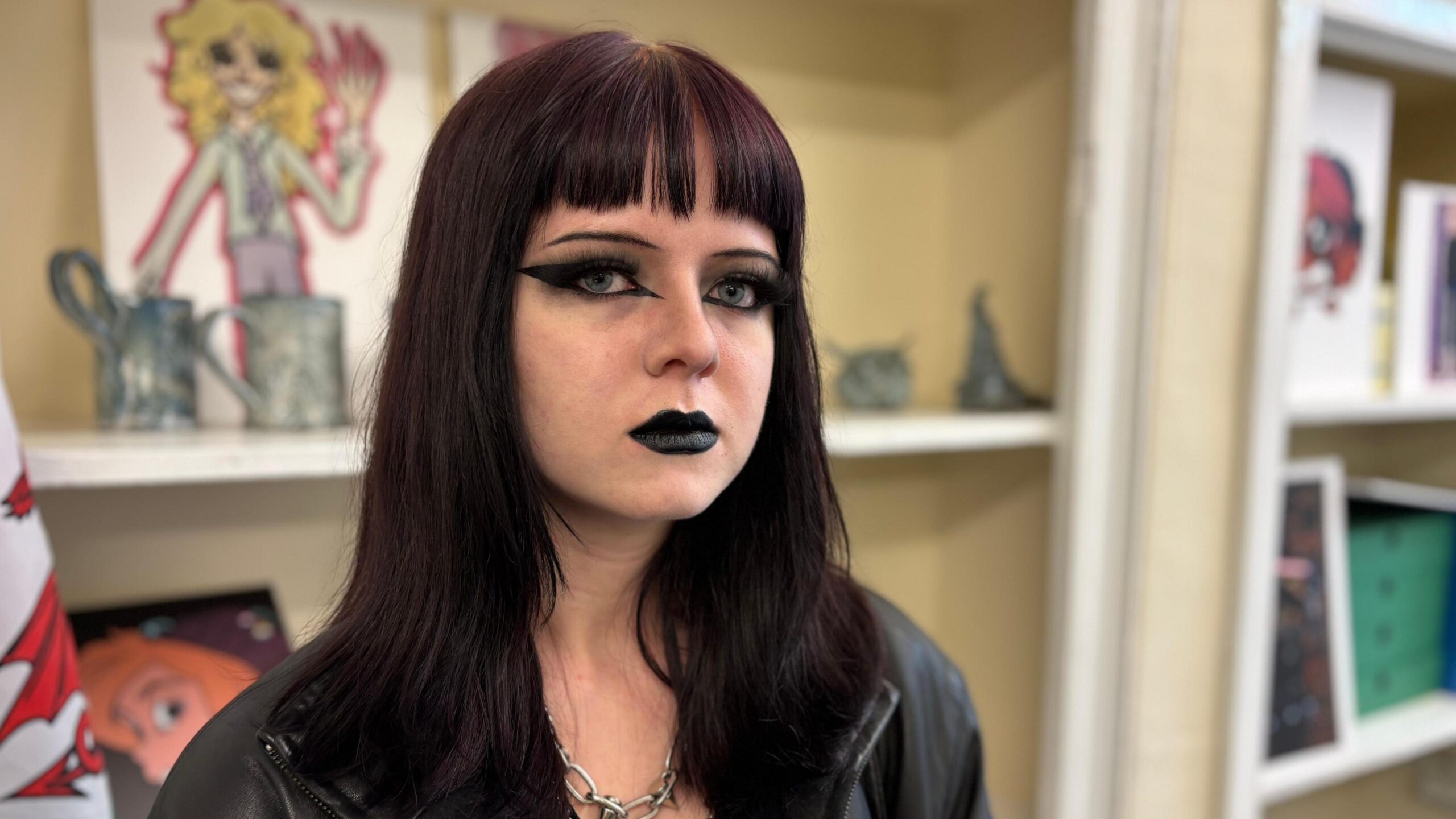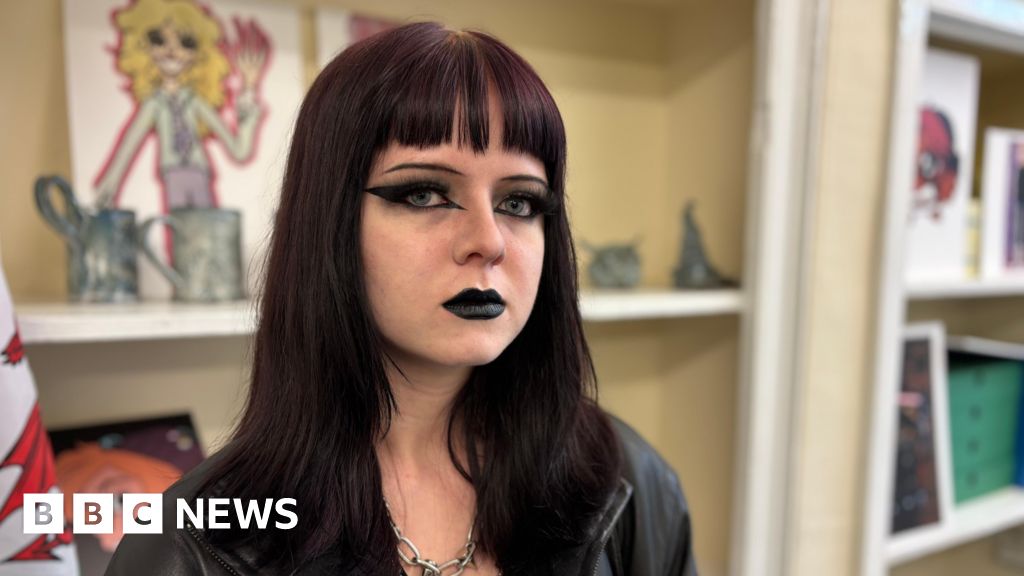## Can Virtual Calm Conquer Real Anxiety?
Imagine a world where your phone isn’t a source of stress, but a tool to soothe it. A world where anxiety, that heavy weight on young shoulders, could be lifted by a simple app and a pair of virtual reality goggles. This isn’t science fiction, it’s the reality being explored by teens in a groundbreaking BBC study.

This isn’t just about calming apps or meditation exercises. This is about the cutting edge of technology: augmented reality, merging the digital and physical worlds, and its potential to transform the way we manage mental health, starting with the generation most impacted by the pressures of modern life.

Neurodiversity and Communication
Augmenting Expression
The potential of augmented reality (AR) to empower neurodivergent teens and provide a more accessible platform for expressing their emotions is a groundbreaking area of exploration. For individuals who may find traditional verbal communication challenging, AR offers a unique avenue for self-expression. By translating internal experiences into visual or interactive representations, AR can bridge the gap between thoughts and communication, fostering a deeper understanding and reducing the social isolation often faced by neurodivergent youth.
Beyond Words
Imagine a teen struggling with anxiety who can utilize an AR app to create a visual representation of their feelings. Instead of articulating abstract concepts like “overwhelmed” or “stressed,” they can build a digital model that reflects the intensity and nature of their emotions. This tangible visualization can not only aid in self-reflection but also serve as a powerful tool during therapy sessions, enabling them to communicate their internal world more effectively.
Engaging the Unreachable
Bridging the Therapy Gap
A significant number of teens, particularly those grappling with severe anxiety or social phobia, find traditional therapy methods daunting or inaccessible. The interactive and engaging nature of AR has the potential to break down these barriers, offering a more palatable and effective alternative. By immersing oneself in a virtual environment, teens may feel more comfortable exploring their anxieties and developing coping mechanisms in a safe and controlled space.
Gamifying Wellbeing
The incorporation of gaming elements into AR therapy can further enhance its appeal and effectiveness. By transforming the therapeutic process into an interactive game, teens can engage with the material in a more natural and enjoyable way. This gamification approach can motivate them to participate actively, track their progress, and ultimately achieve better outcomes.
Long-Term Effects
The Need for Continued Research
While the initial findings regarding the efficacy of AR therapy for teens are promising, it is crucial to conduct further research to assess its long-term impact on mental health and social development. Longitudinal studies are essential to determine the sustainability of any positive effects observed and to identify potential long-term consequences.
Ethical Considerations
As with any emerging technology, the use of AR in mental health interventions raises ethical considerations that require careful consideration. Data privacy, accessibility, and the responsible use of technology are paramount concerns. Robust ethical guidelines and regulations must be established to ensure that AR therapy is implemented safely and effectively, safeguarding the well-being of young users.
Pioneering the Future: AR Therapy in Education
Pilot Programs
The potential of AR to revolutionize educational settings is vast. In Cardiff and Swansea, pilot programs are underway to integrate AR therapy into school curriculums. These initiatives aim to create more inclusive and supportive learning environments for all students, particularly those who may benefit from alternative modes of learning and self-expression.
Enhancing Learning Environments
AR technology can transform classrooms into interactive and immersive spaces, fostering deeper engagement and understanding. Imagine students exploring historical events through virtual reconstructions, dissecting virtual organs to learn about anatomy, or collaborating on interactive projects that transcend geographical boundaries. AR has the potential to make learning more engaging, personalized, and accessible for all learners.
Ethical Considerations
The integration of AR into education necessitates careful consideration of ethical implications. Data privacy, ensuring equitable access to technology, and addressing potential biases in AR content are crucial factors to consider. It is essential to develop comprehensive ethical frameworks that guide the responsible and equitable use of AR in educational settings.
Conclusion
The BBC report shines a light on the innovative ways technology is being used to address the growing mental health challenges facing teenagers today. By exploring the potential of augmented reality to provide anxiety relief, the article highlights a crucial shift in how we approach mental wellbeing. While still in its early stages, the technology offers a promising avenue for personalized, accessible support, empowering young people to manage their anxiety in a proactive and engaging way.
The implications of this development are profound. Imagine a future where anxiety management tools are seamlessly integrated into everyday life, readily available through smartphones and wearable devices. This could revolutionize mental healthcare, making it more discreet, affordable, and user-friendly. However, it’s crucial to remember that technology is not a panacea. These tools should be seen as complements to traditional therapy and support systems, not replacements. As we move forward, careful consideration must be given to ethical considerations, data privacy, and ensuring equitable access to these potentially transformative technologies.
The story of augmented reality and anxiety management is still being written. It’s a story of hope, innovation, and the unwavering commitment to improving the lives of young people. It’s a story that reminds us that even in the face of complex challenges, technology can be a powerful force for positive change. The question is, are we ready to embrace this future and empower a generation to thrive?
